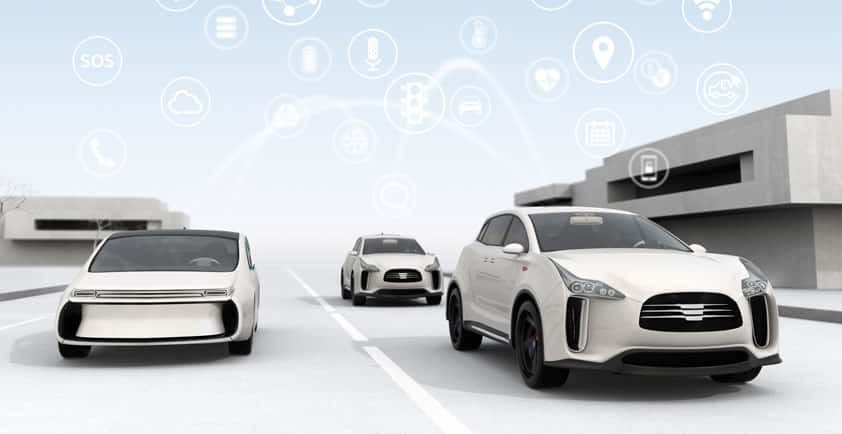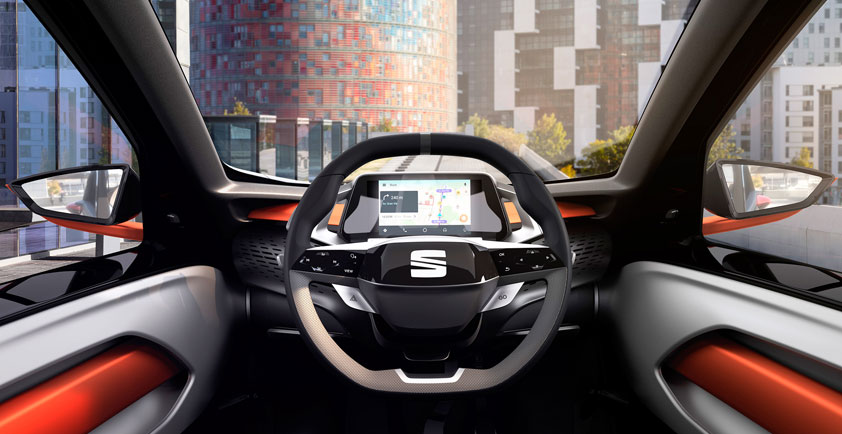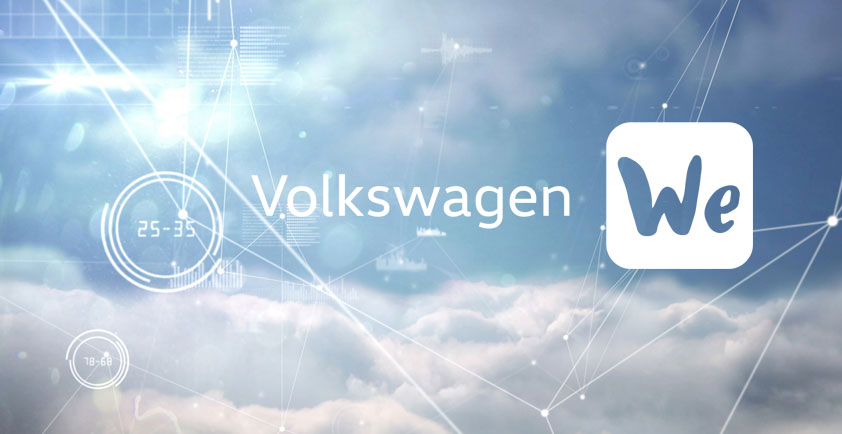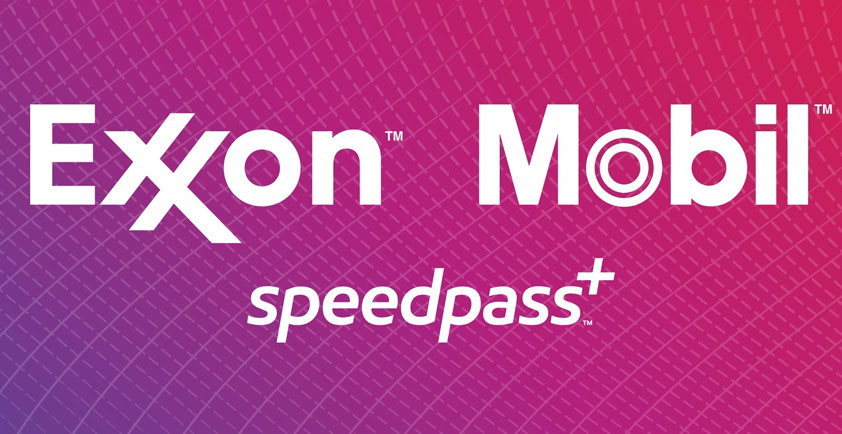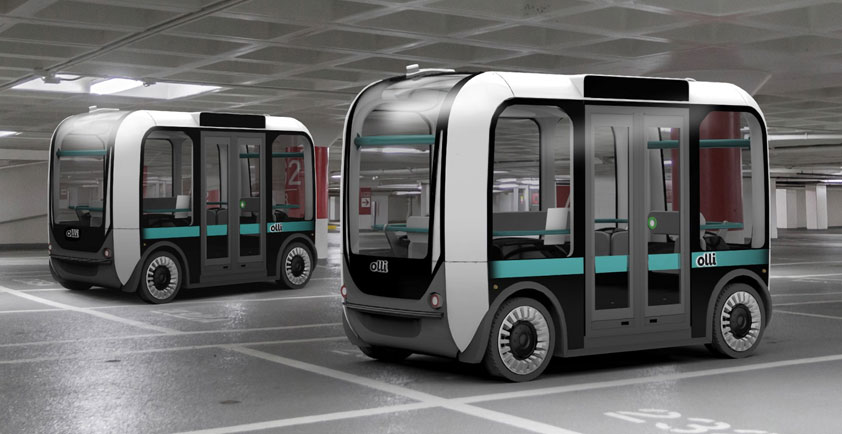

DRIVING INNOVATION FOR CONNECTED CARS USING IBM CLOUD
Cars have always been built for travel, but the experience of driving has changed dramatically over the last few decades. Today’s connected cars are not only equipped with seamless internet, but usually have a wireless local area network (WLAN) that allows the car to access data, send data and communicate with Internet of Things (IoT) technology to improve safety and efficiency and optimize performance. The car’s connectivity with the outside world provides a superior in-car experience with on-the-go access to all the features one might have at home.
Traditionally, the networks supporting this robust connectivity, unlike cars, have not been built for travel. Data is stored in a home network in a local data center, which causes latency issues as the car travels and massive amounts of data are transferred across borders. In addition, privacy legislation, like the General Data Protection Regulation (GDPR), limit the transfer of personal data outside the EU, which not only creates a poor user experience on the road, but can impact safety-related IoT insights.
We at Travelping saw an opportunity to use cloud-native technologies for networking to help the automotive industry negotiate the challenges of cross-border data management regulations and improve latency issues for auto manufacturers looking to gain real-time IoT insights.
Road less traveled is most efficient
Travelping develops carrier-grade cloud-native network functions (CNFs) that are used to design software-defined networking solutions. Using IBM Cloud infrastructure products and IBM Cloud Kubernetes Service, we created a cloud-native solution that transports data directly to the vehicles, eliminating latency issues while fulfilling requirements for GDPR. We had strict technical requirements for our IT infrastructure and chose IBM Cloud for several reasons. IBM has a global footprint, which was key for us to provide networking capabilities in the cloud and better manage compliance with GDPR and European Data Security Operation laws, which was not possible on other clouds. Many clouds in the field are what we call north-south clouds. They terminate web traffic. Our solution forwards the traffic for our mobile users — what we call east-west traffic. IBM Cloud is the only one that still allows us to transport data from node to node in a network, and not just terminate it.
For us, one of the biggest advantages in choosing IBM Cloud, in addition to all the automation and speed, is that as a team of 30 people, we can deliver globally on a cloud platform that is deployed globally. And we don’t need to invest a penny for that; we can utilize computer resources that are virtually everywhere.
Software-defined networking is a radical change in the way networking is approached today as it brings the entire software development ecosystem close to the network, allowing operators to integrate all the network resources into the application domain. We moved to IBM Cloud Kubernetes and container deployment because you get an environment where you can run services that are rather simple in a five-nine — 99.99 percent service availability — environment (backed by the IBM SLA). And then we increased to a five-nine environment that you get mostly for free, by following Kubernetes or cloud-native principles. With Kubernetes, there’s a common API. It works on private cloud and private deployment, but it also works in public clouds. You are totally agnostic, from developer notebook to private cloud deployments to edge deployments. You deploy in exactly the same way again and again. And this is only possible with Kubernetes.
Promise of 5G
For our industry, there’s a promise of 5G, and that cannot be fulfilled by the carrier alone anymore. There needs to be trust between operators and cloud providers to deliver a distributed infrastructure. Operators trust software vendors like us to create services for them. The whole 5G promise needs to be on more shoulders than it is at the moment, so that’s a little bit of a paradigm shift. It’s the first time in the mobile industry that we have had this shift. We need to create another infrastructure for communications services in the field, and that needs to be distributed; the cloud is the foundation for that. You don’t need to mount telecommunications equipment in owned data centers anymore because 90 percent of the spec is available in the cloud. You can book resources wherever you want to go. And this is a huge advantage — global carriers or local carriers can act globally and fulfill local regulations. A company from Germany can deploy in South Korea, as we have done on IBM Cloud. This was not possible in the past, but it’s possible today with cloud resources. In our experience, especially in Europe, IBM plays a role because it is a trusted partner of big customers, and therefore the entry was relatively easy for us.
Read the Travelping case study for more details.
Author: Holger Winkelmann, Founder and CEO, Travelping GmbH
